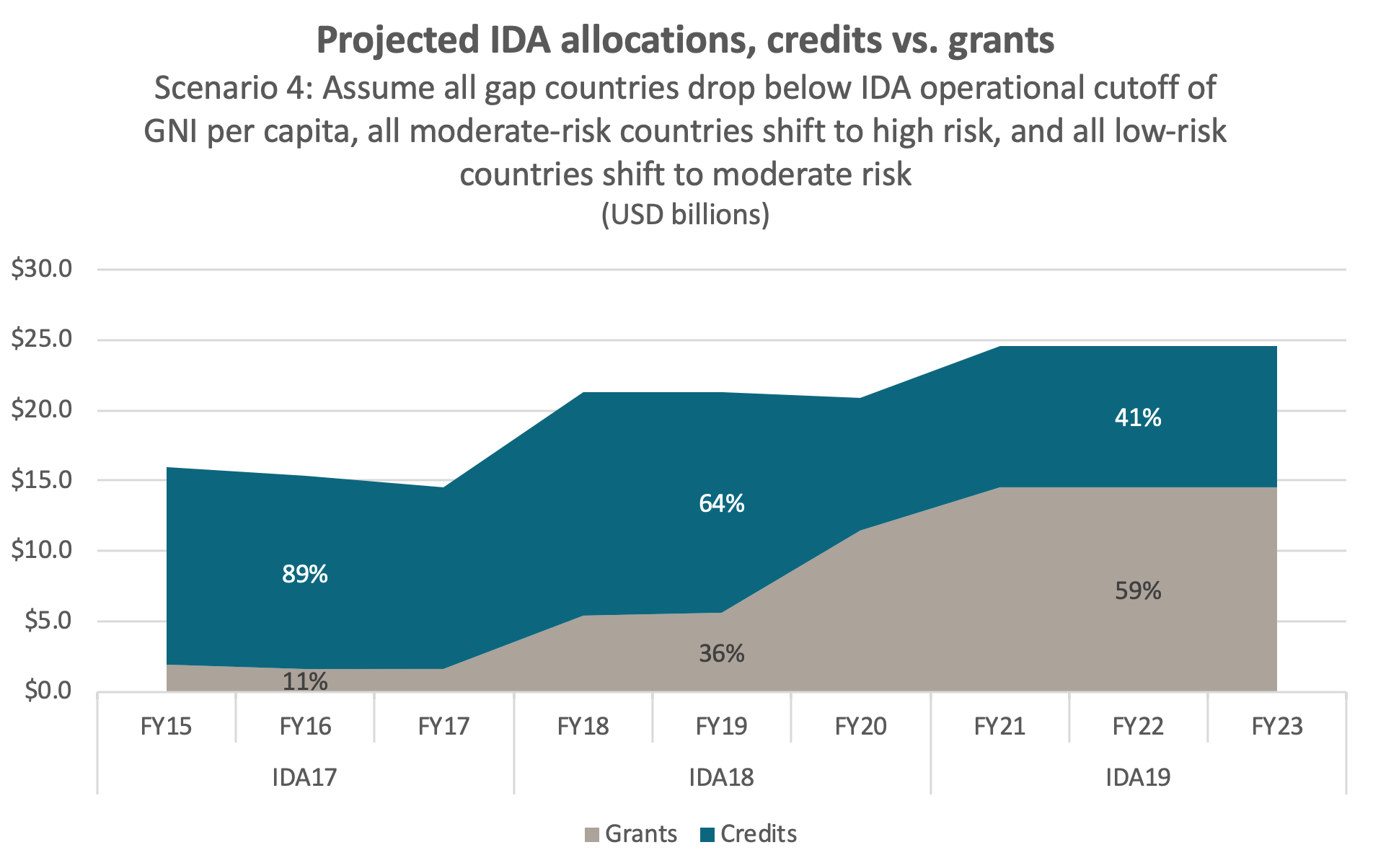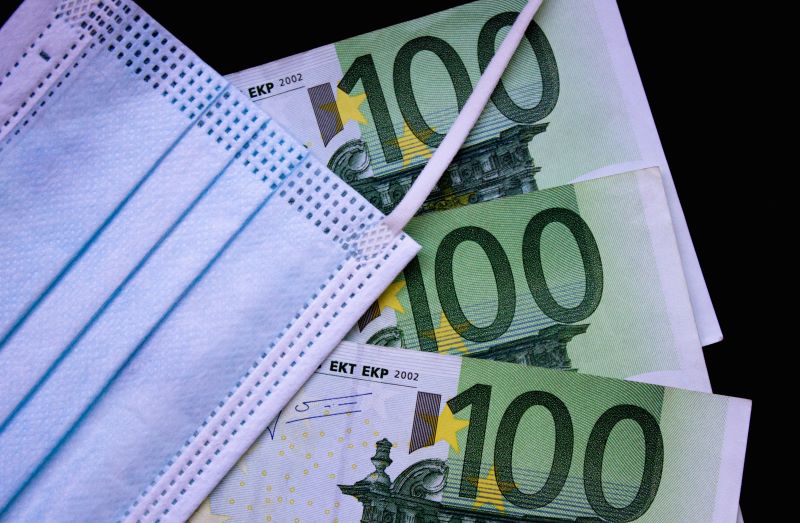Recommended
The latest G20 finance ministers meeting concluded with no major progress on debt relief for the world’s poorest countries, and a few setbacks. To date, no country eligible for the G20’s Debt Service Suspension Initiative (DSSI) has requested a moratorium on their private sector debt despite 41 countries applying for relief on their official bilateral loans. This is largely because governments worry that simply requesting DSSI treatment for their private debt could spook markets and prohibitively raise their cost of funds. Moreover, private sector creditors have signaled that their participation in DSSI is on a purely voluntary basis, meaning that even if a country requests DSSI for commercial debt, their creditors are unlikely to grant them a moratorium. In short, we are at an impasse.
The international community should call for a mechanism that allows countries to reprofile or rollover their commercial debt while not jeopardizing their ability to access the market since maintaining large net flows—both public and private—remains an overriding objective for crisis-hit countries.
The DSSI was designed to avert (or delay) a full-blown debt crisis by giving governments breathing room to focus on their COVID-19 response. But the picture is clear: without private sector participation, the DSSI is blunted. (Or even undermined since non-participating creditors are indirectly benefiting from the official sector’s debt relief!) And unlike past eras, when private sector debt was a negligible portion of low-income countries’ external debt stocks, today it sizeable for many countries. Private sector debt service will account for one-third of total estimated debt service due in 2020.
To address this, the international community should call for a mechanism that allows countries to reprofile or rollover their commercial debt while not jeopardizing their ability to access the market since maintaining large net flows—both public and private—remains an overriding objective for crisis-hit countries. To do this, the World Bank should consider developing a sustainable credit enhancement scheme to help governments issue green or social bonds and channel private finance towards a sustainable recovery.
Let’s unpack this proposal.
A sustainable bond guarantee mechanism
Under this proposal, the International Development Association (IDA) would issue policy-based guarantees (PBGs)—an IDA partial risk guarantee mechanism for sovereign bonds or loans from commercial banks—for countries to issue sustainable bonds. This program would be for countries facing rollover risks on their foreign-currency bonds or seeking to reprofile their commercial paper. This could both be attractive to the private sector—since sustainable bonds are an asset class in high demand—and attractive for the country since the credit enhancement would help lower the cost of borrowing and mobilize resources to help finance a low-carbon and/or socially-oriented recovery. It is also an appealing instrument for IDA donors since it is an efficient and catalytic use of IDA resources that enables risk sharing with the private sector by crowding in private investments towards programs with a social or environmental objective. IDA would work with the borrowing government to establish a list of projects or programs that the bond would finance over its lifetime. And the bonds could cover anything from green bonds to COVID-19 bonds whose proceeds are earmarked for spending linked to the pandemic.
IDA could issue these PBGs through its non-concessional scale-up facility (SUF). This has two advantages. First, it means that the guarantee does not come out of a country’s performance-based allocation (PBA) envelope so it would not reduce a country’s overall IDA program. (Countries in the past have been hesitant to apply for guarantees because each dollar assigned to a guarantee reduces its overall IDA enveloped by 25 cents.) Second, IDA finances the SUF through its own bond issuances, not donor contributions, so IDA would not need to fundraise for this mechanism—it could simply issue more debt and pass along the low cost of funds it obtains through its triple A rating to the borrowing country. Under this scheme the guarantee could be priced in proportion to the country risk and the terms of the bond.
The success of this program will largely hinge on an IDA PBG’s ability to meaningfully drive down a country’s borrowing costs and/or lengthen its loan maturities. Past experiences with PBGs show relative success. According to an IEG report of World Bank Group PBGs, they have been useful instruments for countries with sound macroeconomic fundamentals seeking to maintain market access during periods of financial turbulence. They have also been generally successful in improving credit terms (the larger the portion of the transaction that is guaranteed, the more significant the effect on the interest rate). For instance, an IDA PBG covering 40 percent of a $1 billion Eurobond issuance helped Ghana achieve a 15-year tenor—the longest achieved in sub-Saharan Africa at the time, with the exception of South Africa—and reduced yields by 150-200 basis points according to a Rothschild study. This was despite unfavorable market conditions for emerging markets on the tails of the 2015 taper tantrum which compelled multiple countries to postpone issuances. More recently, in 2018, IDA helped Benin implement a private sector debt reprofiling by leveraging a PBG to cover 40 percent of a commercial loan which enabled Benin to replace short-term commercial debt that cost more than 7 percent annually with commercial financing at a 4 percent interest rate. IDA could consider going beyond its standard 40 percent coverage—or bring in other MDBs—to further reduce borrowing costs.
What this proposal is not
This proposal is not a substitute for a comprehensive sovereign debt restructuring mechanism. Alone, it will not solve deeper solvency issues that some DSSI countries are experiencing (and more are likely to experience in the months ahead). Instead, it is meant to prevent liquidity crises from turning into solvency crises. The proposal will likely only be useful for a subset of DSSI-eligible countries that have significant private sector overhangs. (Only about 26 out of the 73 countries have outstanding Eurobonds.)
Countries that are facing unsustainable debt overhangs and large private sector obligations will need some degree of principal debt forgiveness—including from the private sector—once it is possible to determine through credible debt sustainability analyses how much restructuring is necessary for different countries. A version of this proposal could be adapted for a debt restructuring exercise under which the private sector takes a haircut and the World Bank issues a guarantee on new commercial paper. But this would need to be carefully designed with effective guardrails to ensure that the public sector is incentivizing the private sector’s participation but not bailing it out.
Time is of the essence. The World Bank has the instruments, resources, and know-how to help a number of DSSI countries manage their external commercial debt now. Shareholders should request that they put forward an ambitious proposal by this fall’s Annual Meetings.
Disclaimer
CGD blog posts reflect the views of the authors, drawing on prior research and experience in their areas of expertise. CGD is a nonpartisan, independent organization and does not take institutional positions.







